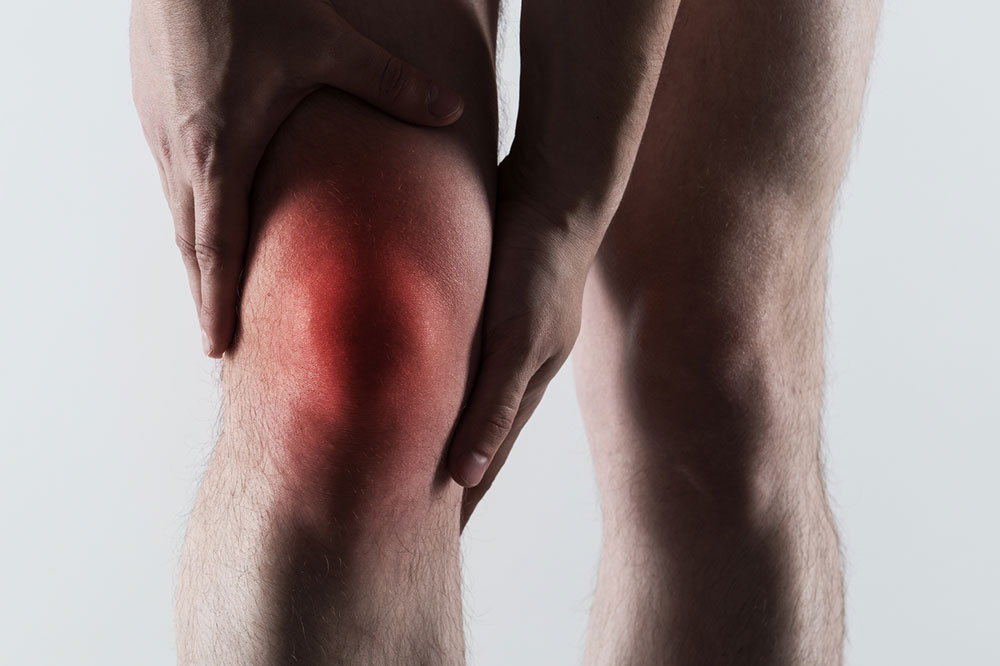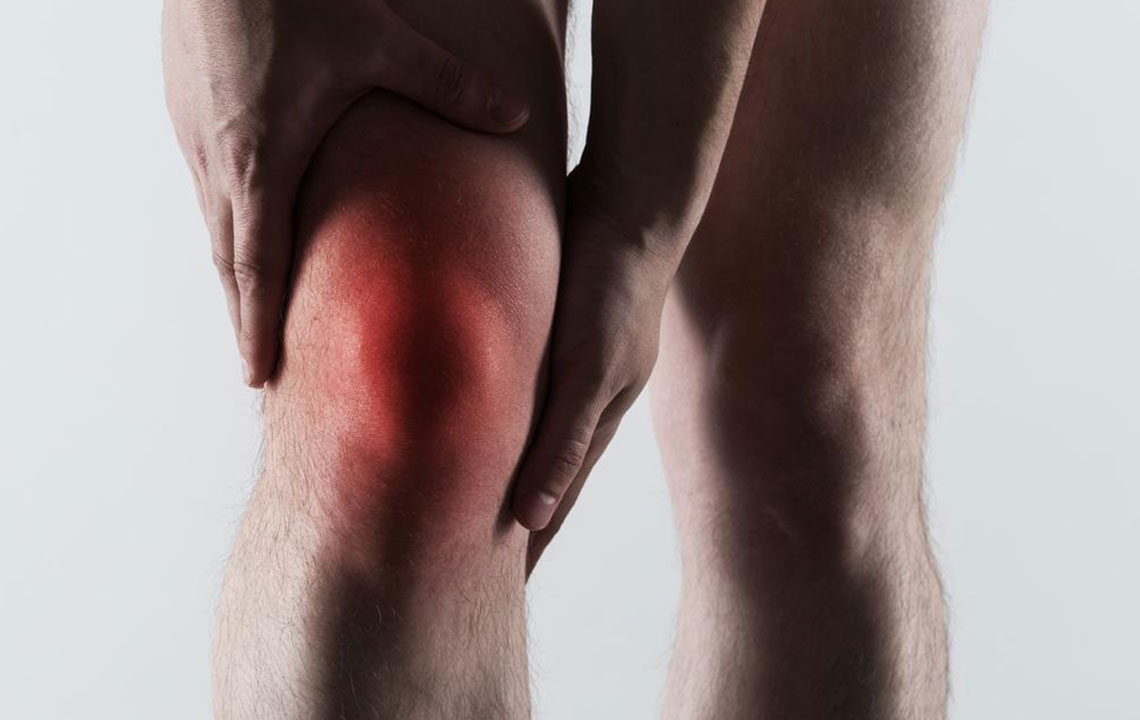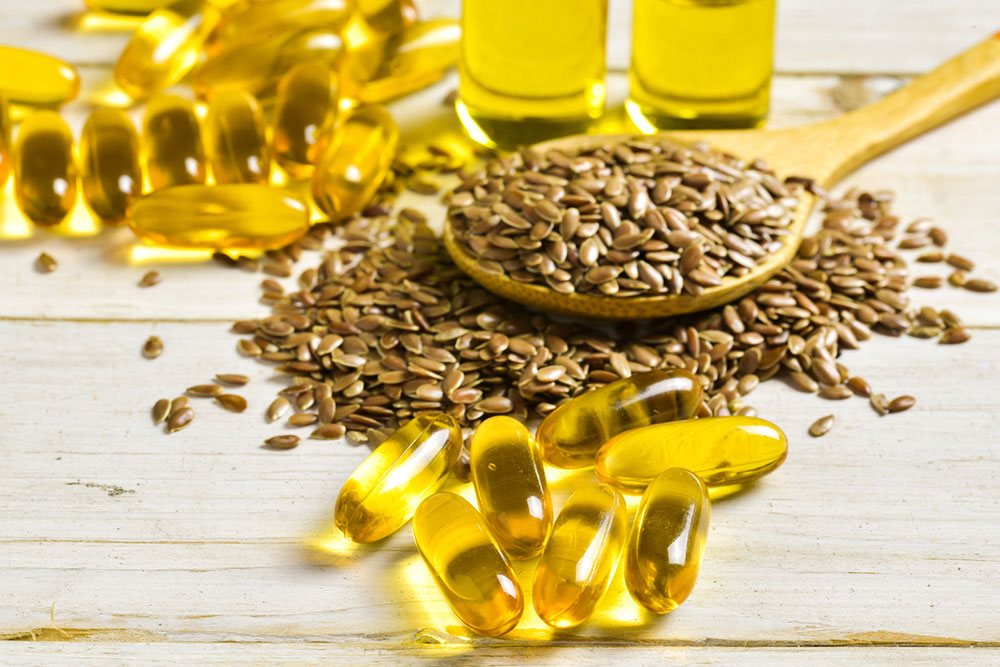Understanding Gout: Causes, Symptoms, Management, and Dietary Strategies
This article explores gout’s causes, symptoms, and management strategies, including diet tips to reduce flare-ups. It emphasizes the importance of lifestyle changes, medication, and dietary adjustments in controlling this painful form of arthritis. Suitable for those seeking comprehensive information on preventing and managing gout effectively.

Understanding Gout: Causes, Symptoms, Management, and Dietary Strategies
Gout is a common cause of joint pain stemming from inflammation. It’s a form of arthritis caused by the accumulation of uric acid crystals around joints, leading to sudden, intense pain episodes. Gout often recurs, with attacks that develop rapidly and can be severely uncomfortable. The condition arises when excess uric acid builds up in the bloodstream, forming crystals that settle in joints, tendons, and tissues. Both genetic and lifestyle factors influence gout risk, especially diets rich in purines, alcohol, and processed foods.
Historically called “the rich man’s disease,” gout’s prevalence has increased with modern diets and longer lifespans. Obesity, high meat consumption, and alcohol intake are notable risk factors, prompting dietary approaches to reduce symptoms and attack frequency.
Uric acid buildup primarily causes gout; this results from kidneys under-excreting urate or, less commonly, overproducing uric acid. Lifestyle influences, including high consumption of red meat, shellfish, alcohol, and sugary drinks, contribute significantly. To manage gout, dietary modifications focusing on reducing purine-rich foods like organ meats, certain seafood, and high-fructose items are recommended. Incorporating vitamin C, dairy, and coffee, along with moderate exercise, can help mitigate symptoms.
Symptoms include recurrent joint inflammation, redness, swelling, tenderness, and pain, often affecting the big toe, ankles, knees, wrists, or elbows. Attacks typically occur at night and escalate within hours. Chronic high uric acid levels may lead to tophi deposits, bone erosion, kidney stones, and potential chronic arthritis. Gout is more common among older men.
Effective treatment combines medication and lifestyle changes. Anti-inflammatory drugs like NSAIDs and steroids reduce joint swelling and pain during attacks. Long-term medications such as allopurinol lower uric acid levels, preventing future episodes and complications. Dietary strategies include drinking plenty of water, limiting alcohol and sugary drinks, and avoiding purine-rich foods to manage uric acid levels.
Overall, adopting a balanced diet rich in fruits, vegetables, whole grains, and low-fat dairy supports gout management. Regular exercise and weight loss can further reduce attack frequency. Combining medical treatment with healthy lifestyle adjustments offers the best approach to control gout effectively.










